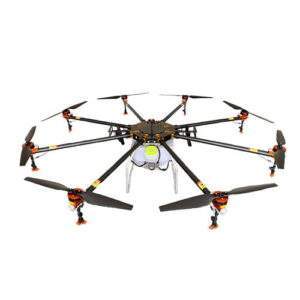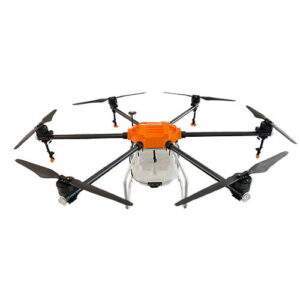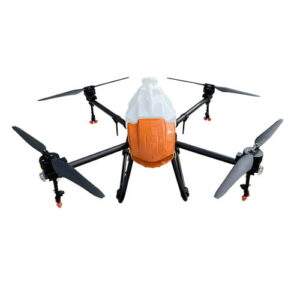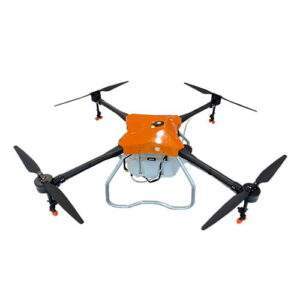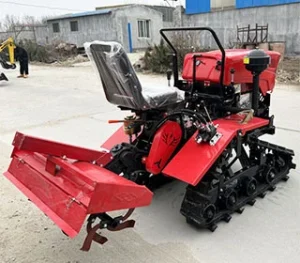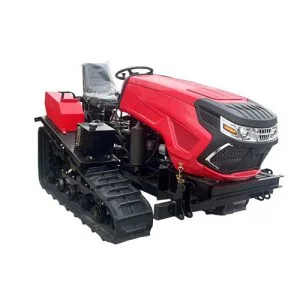A Comprehensive Guide to Agriculture Spray Drones
Introduction
In recent years, the agricultural sector has seen significant advancements in technology, one of the most notable being the development of agriculture spray drones. These drones have revolutionized the way farmers manage their crops, providing a more efficient, precise, and sustainable method of pesticide and fertilizer application. This comprehensive guide will delve into the various aspects of agriculture spray drones, including their benefits, applications, key features, and how to choose the best drone for your farming needs.
What is an Agriculture Spray Drone?
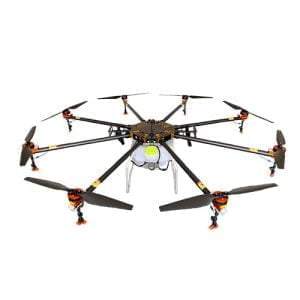
Definition and Function
An agriculture spray drone is an unmanned aerial vehicle (UAV) specifically designed for the precise application of pesticides, herbicides, fertilizers, and other crop treatment products. These drones are equipped with advanced spraying systems and GPS technology to ensure accurate and uniform distribution of agricultural chemicals over large areas.
Key Features
- GPS Navigation: Ensures precise application.
- Adjustable Spray Nozzles: Allows for different spray patterns and droplet sizes.
- Automated Flight Paths: Pre-programmed routes for efficient coverage.
- High Capacity Tanks: For extended spraying operations.
Benefits of Using Agriculture Spray Drones
The use of agriculture spray drones offers numerous advantages over traditional methods of crop spraying. These benefits include increased efficiency, reduced labor costs, minimized chemical usage, and improved crop health.
Efficiency and Precision
Agriculture spray drones can cover large areas quickly and with high precision, ensuring that crops receive the exact amount of treatment needed. This precision reduces waste and ensures that every part of the field is treated adequately.
Cost-Effectiveness
By reducing the need for manual labor and minimizing the amount of chemicals used, agriculture spray drones can significantly lower operational costs. This makes them a cost-effective solution for both small and large farms.
Environmental Sustainability
Using drones for spraying reduces the risk of chemical runoff and overspray, which can harm the environment. Drones also allow for targeted application, which means fewer chemicals are used overall.
Applications of Agriculture Spray Drones
Crop Protection
Drones for agriculture are primarily used for crop protection, including the application of pesticides and herbicides. These drones can quickly and effectively treat large fields, reducing the risk of pest infestations and weed growth.
Pesticide Application
Drones can apply pesticides with precision, ensuring that crops are protected from pests without wasting chemicals. This targeted application also reduces the risk of pesticide resistance developing in pest populations.
Herbicide Application
Agriculture spray drones can also be used to apply herbicides, helping to control weed growth and maintain healthy crop development. The precision of drones ensures that herbicides are applied only where needed, reducing the impact on non-target plants.
Fertilization
Drones can be used to apply fertilizers, ensuring that crops receive the necessary nutrients for optimal growth. This precise application helps to maximize crop yields and improve overall plant health.
Foliar Feeding
Drones can be used for foliar feeding, a method of fertilization where nutrients are applied directly to the leaves of plants. This method is highly efficient and can provide quick results.
Disease Control
Agriculture spray drones can be used to apply fungicides and other treatments to control crop diseases. Early detection and treatment of diseases can prevent significant crop losses and improve overall farm productivity.
Fungicide Application
Drones can apply fungicides with precision, ensuring that crops are protected from fungal infections. This targeted application helps to minimize the use of chemicals and reduce the risk of resistance developing.
How to Choose the Best Drone for Agriculture
Key Factors to Consider
When choosing an agriculture spray drone, there are several factors to consider to ensure you select the best option for your specific needs.
Flight Time and Range
The flight time and range of a drone are critical factors to consider. A drone with a longer flight time and greater range can cover larger areas more efficiently, reducing the need for frequent recharging or refilling.
Payload Capacity
The payload capacity of a drone determines how much liquid it can carry and spray in a single flight. A higher payload capacity means fewer trips to cover the same area, increasing efficiency.
GPS and Navigation Systems
Advanced GPS and navigation systems are essential for precise application. Look for drones with reliable GPS systems and automated flight path capabilities to ensure accurate and consistent spraying.
Durability and Build Quality
Agriculture spray drones need to withstand harsh field conditions, so durability and build quality are important factors. Choose a drone made from high-quality materials that can handle regular use in various weather conditions.
Ease of Use
User-friendly controls and software make operating the drone easier and more efficient. Look for drones with intuitive interfaces and comprehensive training and support from the manufacturer.
Comparison Table: Top Agriculture Spray Drones
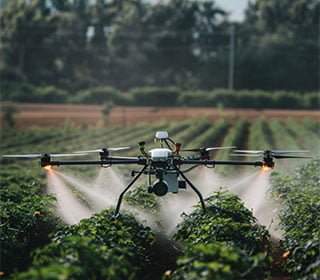
| Brand | Model | Payload Capacity (L) |
|---|---|---|
| DJI Agriculture | Agras T20 | 20 |
| Varyon | M100 | 50 |
| XAG | P30 | 15 |
| Parrot | Bluegrass Fields | 12 |
| HSE-UAV | AG-V6A | 25 |
Conclusion
Agriculture spray drones have become an invaluable tool for modern farming, offering a range of benefits from increased efficiency and precision to cost savings and environmental sustainability. By choosing the right drone for your specific needs, you can enhance your farm’s productivity and ensure the health and vitality of your crops. This guide has provided an overview of the top agriculture spray drones available in 2024, helping you make an informed decision.
FAQ
What are agriculture spray drones used for?
Agriculture spray drones are used for the precise application of pesticides, herbicides, fertilizers, and other crop treatments. They help protect crops, improve yields, and reduce chemical usage.
How do agriculture spray drones benefit farmers?
Agriculture spray drones benefit farmers by providing efficient, precise, and cost-effective crop treatment solutions. They reduce labor costs, minimize chemical waste, and improve crop health and yields.
What factors should I consider when choosing an agriculture spray drone?
When choosing an agriculture spray drone, consider factors such as flight time, range, payload capacity, GPS and navigation systems, durability, and ease of use.
Are agriculture spray drones environmentally friendly?
Yes, agriculture spray drones are environmentally friendly as they reduce chemical runoff and overspray, minimize the use of pesticides and herbicides, and ensure targeted application, which protects non-target plants and the surrounding environment.
How do I maintain an agriculture spray drone?
Maintaining an agriculture spray drone involves regular cleaning, checking for wear and tear, ensuring the batteries are properly charged, and following the manufacturer’s maintenance guidelines. Regular software updates and calibration are also important for optimal performance.

